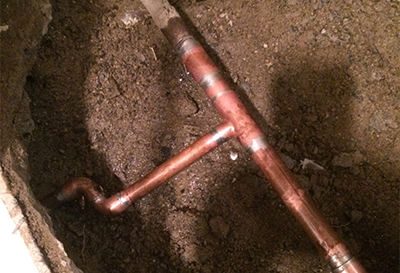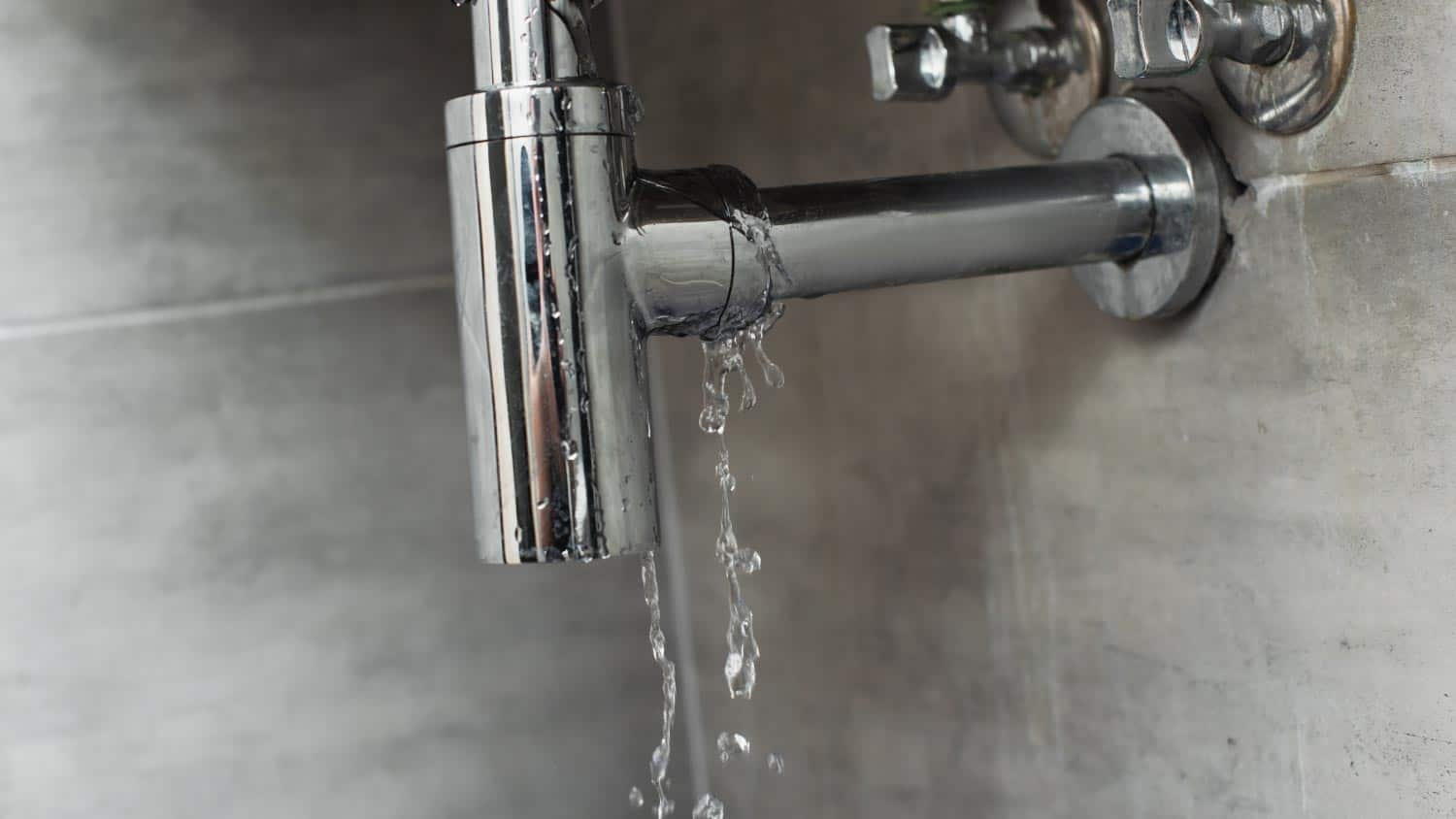Guide To Water Leak Discovery In Your Home
Guide To Water Leak Discovery In Your Home
Blog Article
What're your beliefs on Finding hidden leaks?

Early discovery of leaking water lines can minimize a prospective disaster. Apart from conserving you money, it will certainly minimize the irritation and stress. The minute you find a leakage, calling your plumber for repair work is the best option. Some little water leaks might not be noticeable. If you can not find it with your nude eyes, below are some hacks that assist.
1. Take A Look At the Water Meter
Examining it is a proven method that aids you discover leakages. If it relocates, that suggests a fast-moving leakage. This suggests you may have a slow leakage that could also be underground.
2. Check Water Consumption
Analyze your water costs and track your water consumption. As the one paying it, you need to notice if there are any kind of disparities. If you identify sudden changes, regardless of your consumption being the same, it suggests that you have leakages in your plumbing system. Keep in mind, your water costs ought to drop under the exact same variety on a monthly basis. An abrupt spike in your expense shows a fast-moving leakage.
Meanwhile, a consistent boost monthly, even with the same habits, reveals you have a slow-moving leakage that's additionally gradually intensifying. Call a plumber to completely examine your home, especially if you really feel a warm area on your floor with piping beneath.
3. Do a Food Coloring Test
When it comes to water consumption, 30% comes from toilets. If the shade in some way infiltrates your dish throughout that time without flushing, there's a leakage in between the tank and also dish.
4. Asses Exterior Lines
Do not forget to check your outdoor water lines also. Must water seep out of the connection, you have a loose rubber gasket. One tiny leak can waste loads of water and also surge your water costs.
5. Evaluate the scenario as well as check
Homeowners must make it a routine to examine under the sink counters and even inside cupboards for any bad odor or mold and mildew growth. These two red flags suggest a leakage so timely interest is called for. Doing regular examinations, also bi-annually, can conserve you from a significant issue.
If you understand your residence is currently old, maintain a careful eye on your heaters, tubes, pipelines and so on. Look for discolorations and deteriorating as a lot of pipes as well as appliances have a life expectancy. They will additionally naturally weaken due to deterioration. If you suspect leaking water lines in your plumbing system, do not wait for it to escalate. Call an expert plumber right away so you don't wind up with a terrible mess in your home.
Early discovery of leaking water lines can reduce a possible calamity. Some little water leaks might not be visible. Examining it is a proven method that assists you find leakages. One small leakage can lose tons of water as well as surge your water expense.
If you think leaking water lines in your plumbing system, do not wait for it to escalate.
WARNING SIGNS OF WATER LEAKAGE BEHIND THE WALL
PERSISTENT MUSTY ODORS
As water slowly drips from a leaky pipe inside the wall, flooring and sheetrock stay damp and develop an odor similar to wet cardboard. It generates a musty smell that can help you find hidden leaks.
MOLD IN UNUSUAL AREAS
Mold usually grows in wet areas like kitchens, baths and laundry rooms. If you spot the stuff on walls or baseboards in other rooms of the house, it’s a good indicator of undetected water leaks.
STAINS THAT GROW
When mold thrives around a leaky pipe, it sometimes takes hold on the inside surface of the affected wall. A growing stain on otherwise clean sheetrock is often your sign of a hidden plumbing problem.
PEELING OR BUBBLING WALLPAPER / PAINT
This clue is easy to miss in rooms that don’t get much use. When you see wallpaper separating along seams or paint bubbling or flaking off the wall, blame sheetrock that stays wet because of an undetected leak.
BUCKLED CEILINGS AND STAINED FLOORS
If ceilings or floors in bathrooms, kitchens or laundry areas develop structural problems, don’t rule out constant damp inside the walls. Wet sheetrock can affect adjacent framing, flooring and ceilings.
https://www.servicemasterbyzaba.com/blog/how-to-detect-water-leakage-in-walls/

I discovered that content on Detecting hidden plumbing leaks when doing a lookup on the search engines. Sharing is nice. One never knows, you may be doing someone a favor. Many thanks for your time. Visit again soon.
Report this page